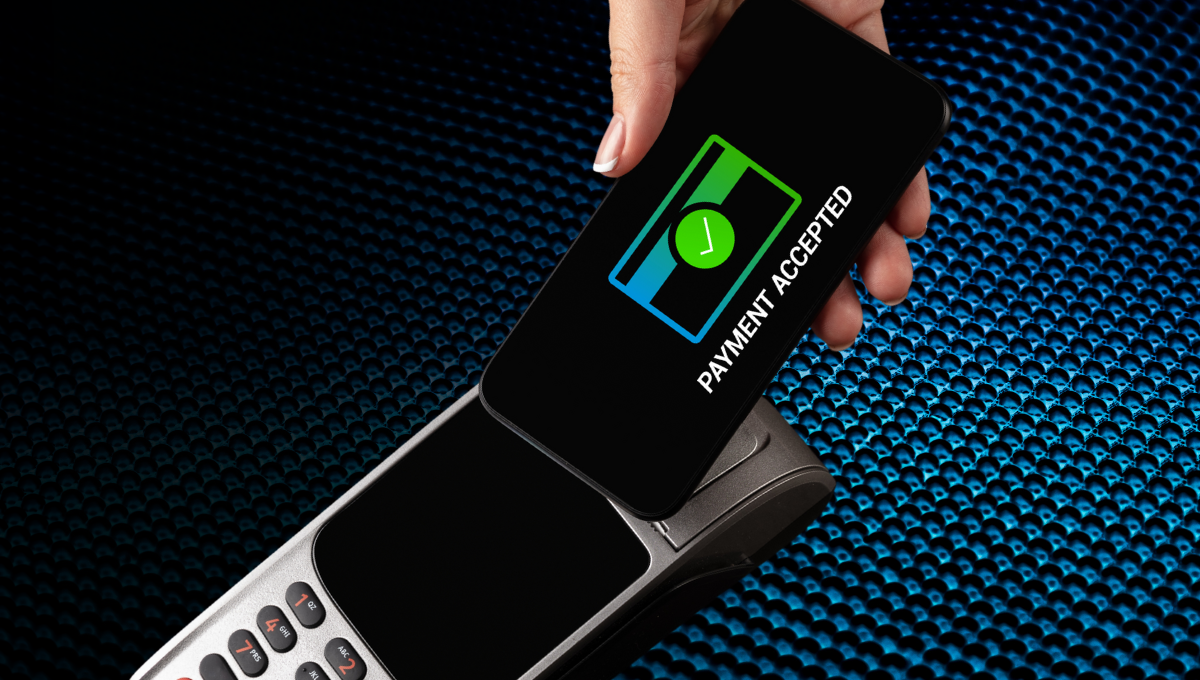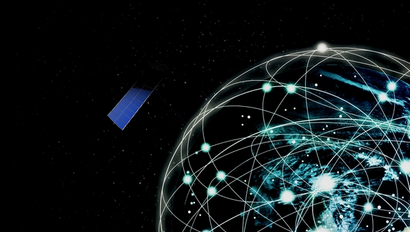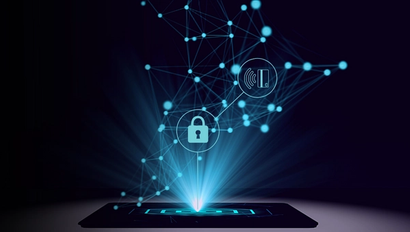In 1982’s ‘Blade Runner’, which is set in the distant future of 2019, Harrison Ford’s character Deckard visits a noodle bar in the science fiction version of San Francisco. As he approaches, another customer pays and leaves. That customer appears to hand the proprietor some paper money.
It isn’t strikingly wrong, because of course in 2019 cash was still around, as it is in 2022, even if it’s heading out of favour. What’s interesting is that, despite the flying vehicles and bio-engineered humanoids, the film doesn’t predict that payments would look radically different in the late 2010s.
The future is impossible to predict, much as we like to try. In technology generally, and payment especially, you can’t foresee what people will accept and adopt. However, you can try and shape it. When you’re attempting that, you need to know why previous and current developments have succeeded or not. Here are three of those innovations, one that worked, one that didn’t, and one that might go either way. What you might call payment accepted, payment failed, and payment processing.
Payment Accepted: Contactless and mobile payments
With the benefit of hindsight, a Forrester article from 2012 will raise a wry smile. It was titled ‘Why Contactless Cards Aren’t Taking Off In The UK’:
‘Contactless cards are simple and marginally faster. To take off, any new payment system has to be clearly better in some way than the existing alternatives …
- There’s no spark to ignite consumer adoption
- There’s a £20 transaction limit
- There’s a risk of fraud
- Merchants have been sceptical’
We know now that contactless cards did take off, and in a big way. The first contactless payment card came from Barclaycard in 2007, and the use of contactless as an in-person payment method is still rising steadily and dramatically. In October 2016 in the UK, there were 312.5 million. In October 2021 there were 1.33 billion.
Interestingly, the Forrester article ends by wondering whether mobile contactless payment might be successful. Again, we know that they were and are — there were two billion users in 2021. To answer the above bullet points in order:
- Habit and social copying play a huge role in human behaviour, and something new requires a critical mass of early adopters. You could argue that organisations like Transport for London helped it along the way by making contactless and mobile payments vibe and institutionally accepted.
- Adoption was well on the way by the time the COVID pandemic came along, but a lingering consciousness of hygiene and a reluctance to touch surfaces would have helped contactless a lot.
- Good point, which is why the limit kept increasing, and at the time of writing it’s £100 in the UK
- A legitimate concern, but really so is any payment method, and perhaps the novelty made contactless less familiar and seemingly riskier
- Again, the critical mass and social adoption point — ultimately it makes paying for things easier and quicker, and that’s a good thing from a merchant point of view
Part of the steady rise of contactless might be to do with young people reaching 18 and obtaining their first adult debit cards.
There were around 642,000 17-year-olds in England and Wales in 2021, who are all digital natives, and who will be already accustomed to the idea of contactless payments with mobile phones. Every year will see hundreds of thousands of new shoppers paying that way simply because they became adults.
Bottom line, there are few things more powerful than convenience as drivers of habits. Give consumers the option to pay for things more quickly and with fewer steps, and they’ll most likely take it.
Payment Failed: Amazon Dash
It’s worth remembering that what the merchant or the payment provider considers easy and attractive, may not be what consumers find convenient. Amazon Dash is one of the best examples.
Amazon produced a series of buttons that would stick to household surfaces. Each was specific to a brand, and the idea was that where the house used or stored the product would be where the button would be. If the consumer were running low on laundry liquid they could press the button on their washing machine, and the button would place an order for the detergent brand of the shopper’s choice.
It could be possible to write a book about why Dash didn’t last. Maybe people didn’t want to commit to one brand for everything. Maybe the prospect of children pressing the button idly was too off-putting. Maybe the reality of using it to replenish all FMCG goods in the home meant more buttons than were tolerable (think of how many would need to be ona fridge).
One key fact to remember was that Dash buttons involve having lots of devices that each pay for one thing. Every other successful payment innovation has involved one device that pays for many things. Turning the tested and proven user experience on its head is not inherently wrong. After all, ventures like that are how incredible innovations happen. However, it’s also not a surprise when they don’t work. Businesses like Amazon can afford expensive failures, but not everyone has that luxury.
Payment Processing: Buy Now, Pay Later
As a concept, buy now pay later (BNPL) is nothing new. The ancient Sumerians used credit payment, and in the modern era, it’s been over half a century that credit cards have been the main way to formally delay payment. However, BNPL schemes are set to overtake them, largely because they offer a form of credit without the need to apply for approval or pay off a card debt.
Generally, BNPL will split a payment over instalments, or delay the payment for a period like 30 days. The appeal is obvious —larger purchases become more accessible and affordable when the money doesn’t go all at once. The schemes are interest-free, so cheaper than traditional finance purchases, and those who don’t have, can’t get, or don’t want credit cards can delay their payments too.
It’s not a surprise that BNPL is popular. Consumers will jump at the chance to use payment methods that are easier and don’t come with an immediate downside. It’s not without risk though, and the reality is it might yet become a failed payment method. Almost 60% of users admit to having used BNPL for something they didn’t need and couldn’t afford. With no credit checks on the purchase, and with interest rates on late payments, there’s a debate about the ethics of such schemes, and the reputational risk of appearing exploitative or irresponsible.
How to innovate and succeed in payments
It bears repeating that the future is impossible to predict. Nobody can tell with any certainty what payment trends are coming but there are two things a business can do to give itself the best chance of being prepared.
- Fill its board and its departments with people who understand what has succeeded and failed, and, crucially, why. Those people will stand a better chance of predicting the direction of the industry.
- Fill the business with people who can apply those lessons to products and services, so that you’re not anticipating the future, but shaping it.
Unsurprisingly, people who can shape the future of the payment sector are some of the most sought-after in the employment market. If you’re going to secure them for your business, you’ll need help from experts with industry heritage and a broad talent network. That’s where RPI comes in. Get in touch today, and you’ll always stay ahead of the curve.



